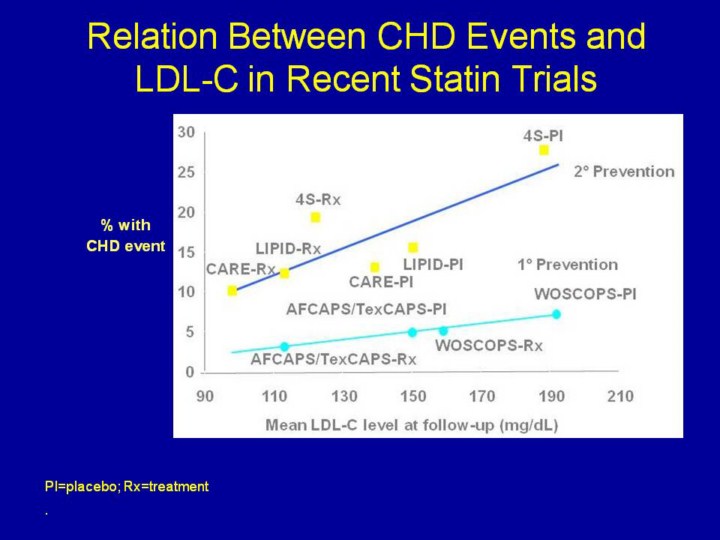Search for most updated materials ↑
| front |1 |2 |3 |4 |5 |6 |7 |8 |9 |10 |11 |12 |13 |14 |15 |16 |17 |18 |19 |20 |21 |22 |23 |24 |25 |26 |27 |28 |29 |30 |31 |32 |33 |review |
 |
Author of the slide: Letchuman Ramanathan Tonkin A. Presented at AHA Scientific Sessions, 1997 As some of the previous slides demonstrated, dramatic improvement of life expectancy observed in the last century is mainly due to improvement of sanitation, nutrition, public health, and we can call them public health. Life expectancy depends largely on infant mortality and mortality in childhood, which are largely attributed to infectious disease. Therefore, at least in developing countries, improvement of life expectancy would be observed by prevention of infectious disease in this century.
At the same time, issues of health in both developed and developing countries among those age 15 and over are on non-infectious diseases (Sen K et al. Lancet 356: 577-82; 2000). Thinking of and talking about prevention in the 21st century, we may need to talk about prevention of non-infectious disease putting similar emphasis with infectious disease. This slide presents the results of several trials demonstrating the benefit of using statins for prevention of cardiovascular disease.
Publication of the landmark Heart Protection Study (HPS), the world largest statin study is fuelling calls for the guidelines on cholesterol lowering to be emphasize a strategy of treating high risk, not high cholesterol.
Heart Protection Study Of Cholesterol Lowering With Simvastatin in 20,536 High–risk Individual: a randomized placebo controlled trial Lancet 2002 Jul 6;360(9326):7-22
References: Shepherd J et al. N Engl J Med. 1995;333:1301-1307. 4S Study Group. Lancet. 1995;345:1274-1275. Sacks FM et al. N Engl J Med. 1996;335:1001-1009. Downs JR et al. JAMA. 1998;279:1615-1622. |